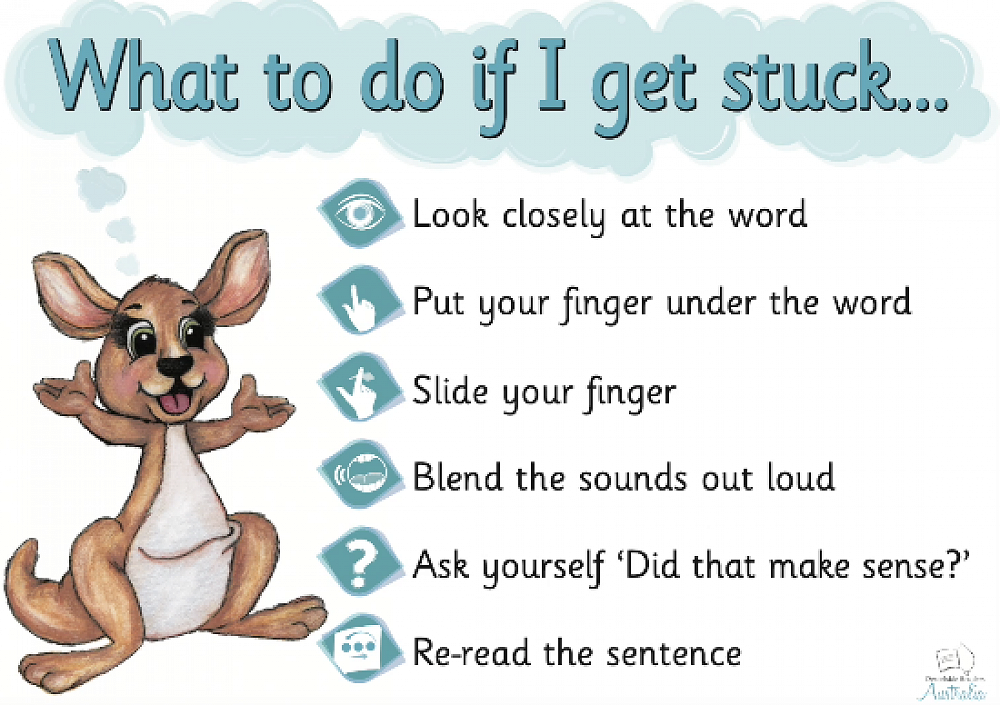
The components of an explicit Structured Literacy lesson
This guide can give you an idea of the elements of a structured literacy lesson so that you can see some of the language that may be used by the teacher and what is expected of the child. Lessons will vary in length, depending on the time available. We recommend a lesson length of no less than 15 minutes. It will likely take several lessons for a child to be able to move to fluency with a decodable text as we will be teaching new sounds each time.
Phonological and Phonemic Awareness - The ability to hear, blend, segment and manipulate spoken sounds in speech. Blending: “Now we are going to read some words. First, I will say some sounds and I would like you to put my sounds together and make the spoken word. If I say /a/-/m/, you would say ‘am’. Now you try.” Segmenting: “I am going to say a word and I would like you to segment the sounds. If I say ‘am’, you would say /a/-/m/.” Make this activity multi-sensory by encouraging students to fingerspell* or pat an arm as they segment the sounds. *Fingerspelling is a strategy to help build phonemic awareness through segmenting and isolating phonemes. One finger is raised per phoneme (sound).
Letter-Sound Knowledge - Mapping letters to the spoken sounds - “If we want to write the sound ‘c’ in cat, we can use a ‘c’”. Model saying the letter name and its sound, and then have the students repeat it. Say “I will say a sound, then you will copy me and then write it down.” Teacher says /m/; students say /m/; and then the students record the letter.
Handwriting - Being able to form letters correctly and fluently. This is an opportunity to further develop letter formation and secure sound to-symbol knowledge. Have the students say each sound as they write it.
Heart Words - words with an irregular spelling pattern or high frequency words with a spelling pattern that hasn’t yet been taught (e.g. my, said, the)
Reading - both words in isolation and then decodable texts related to the sounds previously taught. The children should be able to decode all the words in the story. The aim is to build this to fluency. Fluency is the ability to read with speed, accuracy, and proper expression. In order to understand what they read, children must be able to read fluently whether they are reading aloud or silently. When reading aloud, fluent readers read in phrases and add intonation appropriately. Their reading is smooth and has expression.
Spelling - writing words using known sounds. Use the words that the students just decoded (read) and have them now encode (write) them. For example: Say the word ‘Sam’. The students repeat the word ‘Sam’. The teacher says the word and then models fingerspelling* the sounds: Sam – /S/-/a/-/m/. The students say the word and then copy fingerspelling the sounds: Sam – /S/-/a/-/m/. The students encode (write) the word.
Dictation (writing) - correct sentence structure (capital letter, finger spaces, full stop etc). Have the students write out the dictated sentence. If they have difficulty remembering the sentence, prompt them to go back and read what they have written so far, and see if that helps them remember the rest of it.
Gallery

